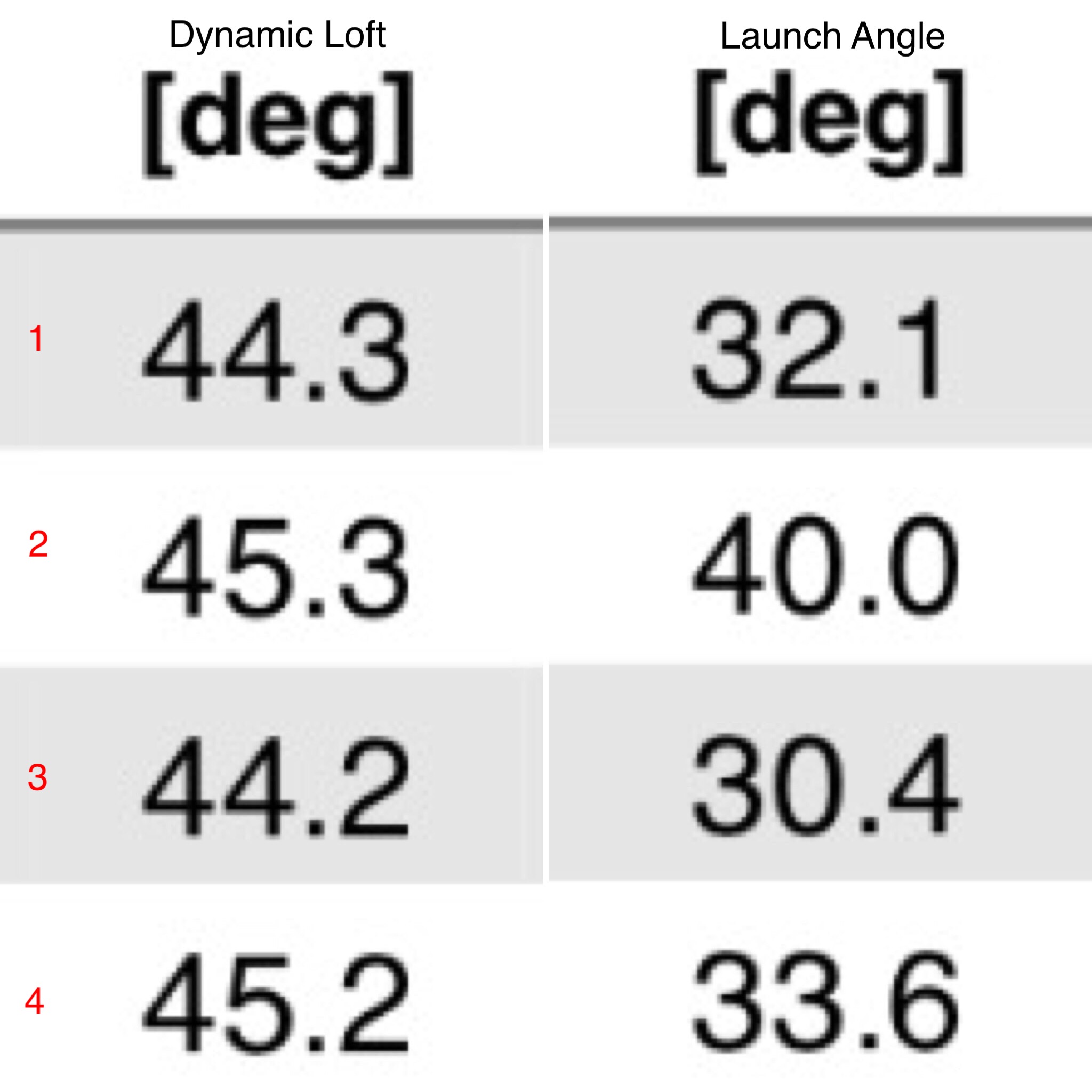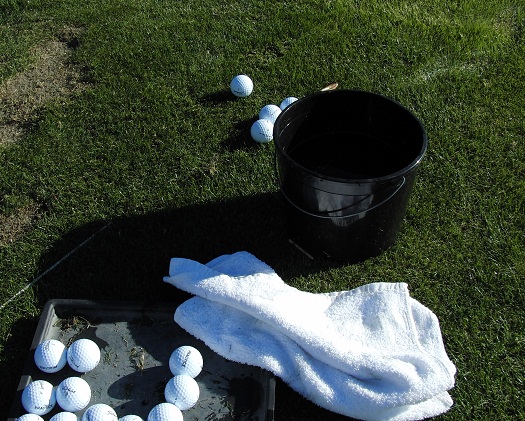Wedges: Friction and Trajectory
/The other day during a Three Day Golf School I hit four demonstration pitch shots for my students. My intent was to repeat the same shot in each attempt, with the only difference being how I manipulated the amount of friction between the club face and the ball.
The amount of loft I was able to deliver for each of the four shots was between 44.3º and 45.3º - the best I've been able to do! The interesting part is that the launch angles ranged from 30.4º tall the way up to 40.0º. How does that happen?
The Four Shots
The reasons why the launch angles are different is something that too few golfers (and coaches) understand and while I've written on this before it's a mission of mine to get the good word out. My intent was to carry each shot 50 yards and they are all played in the same fashion, with the same club except for shot 4.
Shot 1 - clean, dry club face and a clean, dry range ball. Spin rate - 6246 rpm. Launch is a respectable 32.1º
Shot 2 - clean, wet club face and a clean, wet range ball. Spin rate - 2782 rpm. Launch is a whopping 40º
Shot 3 - clean, dry club face and a clean, dry premium ball. Spin rate 6923 rpm. Launch is the lowest at 30.4º
Shot 4 - clean, dry grooveless club face and a clean, dry range ball. Spin rate is 5837 rpm. Launch is decent at 33.6º
I must mention that in order to 'manage' the friction between the club face and the ball each of these shots is played off a tee so as to eliminate grass and outside matter from interfering.
While the loft is maintained the launch, spin rate and peak height can be greatly influenced by the amount of friction generated between the club face and the ball. The moral of the story here is that the best pitchers in the world hit low launching, high spinning shots when the conditions allow. There is more at play than simply the loft at impact determining the launch angle. As you can tell friction plays a massive role too. It is my hope that in understanding this you will be less likely to try and 'fix' something that isn't broken. Hope this helps and thanks for reading!
Luke Donald












